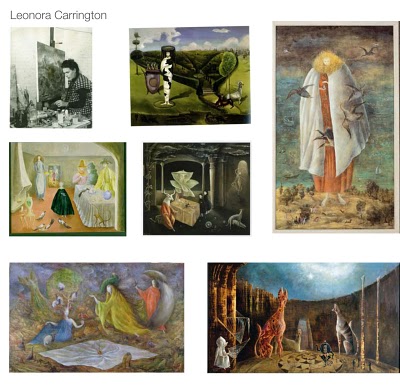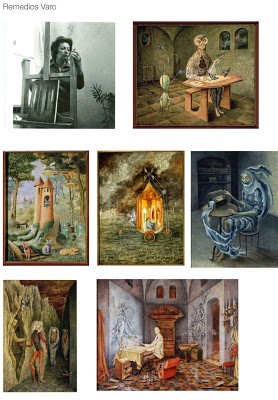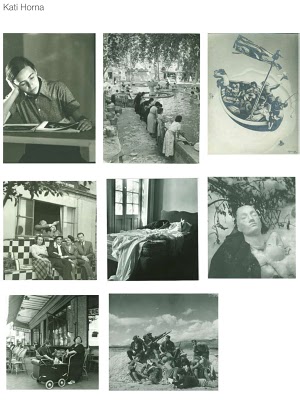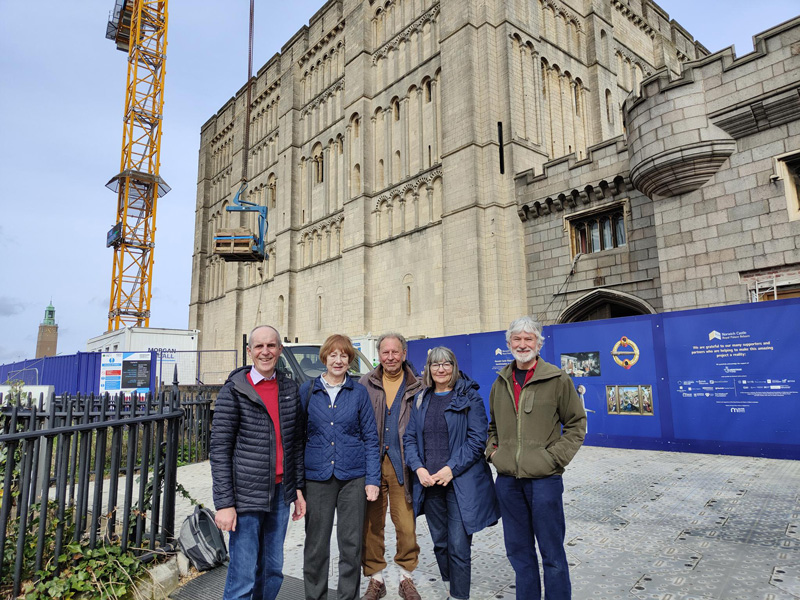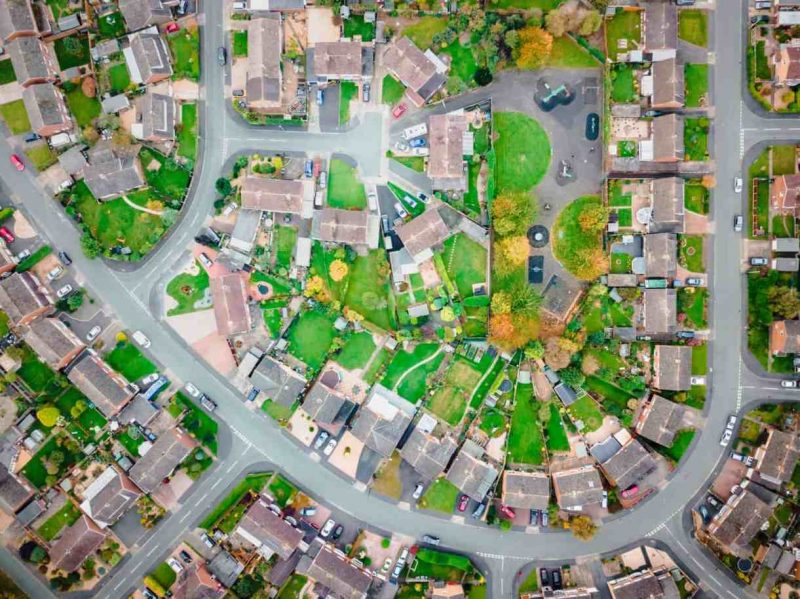Art & Theatre / Events in Norfolk and Suffolk / exhibitions / Tourist Attractions Norfolk and Suffolk September 7, 2010
Leonora Carrington, Remedios Varo and Kati Horna
Surreal Friends celebrates the artistic achievements and friendship of three leading women surrealists who fled war-torn Europe and met in Mexico City in 1943: British painter and sculptor Leonora Carrington, Spanish painter Remedios Varo and Hungarian photographer Kati Horna. The exhibition opens at the Sainsbury Centre for Visual Arts, University of East Anglia, Norwich, on Tuesday 28 September and runs until Sunday 12 December. Surreal Friends takes the form of three separate displays, revealing the lives and works of each of the artists and providing an insight into the often problematic place of women on the fringes of the Surrealist movement. Included in the show are two works by Leonora Carrington from the Robert and Lisa Sainsbury Collection, which is permanently housed at the Sainsbury Centre. Surreal Friends is organised by Pallant House Gallery, Chichester.
“It’s particularly exciting that our collaboration with Pallant House Gallery offers the Sainsbury Centre an opportunity to bring the work of these fascinating women to new audiences and to consider their place within Mexico’s twentieth-century avant-garde” – Nichola Johnson, Director, Sainsbury Centre for Visual Arts.
Leonora Carrington, Remedios Varo and Kati Horna were brought together by the Second World War. All Nazi targets for different reasons, the women fled Europe and made their way to Mexico City, where they found the freedom to explore their art in new ways and formed enduring friendships. Mexican president Lázaro Cárdenas had opened the country’s borders to all refugees on the Republican side of the Spanish Civil War and to anybody with Spanish ancestry, and Mexico became a haven for intellectuals and artists who had been hounded out of war-torn Europe.
The Europeans naturally gravitated towards each other and formed a community in the Colonia Roma area of Mexico City. Carrington, Varo and Horna became close friends, chatting around each other’s kitchen tables, shopping in the city’s markets and looking after the group’s children. While sharing an interest in Surrealism, their artwork was also influenced by their relationships with each other. Carrington and Varo in particular had common interests in the religion, nature and the supernatural that are reflected in their work.
“While so much is known in the art world and beyond about the male artists Surrealism spawned, the contribution of women involved requires fuller attention. We hope this exhibition will go some way towards addressing this deficit” – Joanna Moorhead, Surreal Friends Co-curator, and award-winning journalist and author.
Leonora Carrington (1917 – ) was born to an affluent middle-class family in Preston, Lancashire. Her life looked set to follow a privileged, if restricted path, however from the outset Carrington kicked against the narrowness of her background. Money might have been no object, but imagination and culture were in short supply. She was introduced to the world of Renaissance art during spells at finishing schools in Paris and Florence and later she persuaded her parents to allow her to study at Amédée Ozenfant’s art school in London. In 1937 she met the surrealist artist Max Ernst and fell instantly in love with him. Cutting herself off from her family, Leonora eloped with Ernst to Paris and was plunged into the heady world of pre-war Surrealism. Before long she could count Salvador Dali, Andre Breton, Marcel Duchamp, Joan Miro and Pablo Picasso among her friends. Her affair with Max Ernst broke down after he was interned in the South of France by the Vichy French. Carrington initially fled to Spain and then later escaped to Mexico. There she developed a highly distinctive style; her complex paintings and sculptures feature humans, animals and fabled creatures, referencing fairy-tales, myths and her Catholic upbringing. After the traumas of Europe, Mexico brought space in which to hone her own work as a painter. It also brought a new marriage to a photographer, Emerico (Chiki) Weisz, as well as the birth of two sons and new friendships, particularly with her fellow painter Remedios Varo and the photographer Kati Horna. Leonora Carrington still lives and works in Mexico City.
Remedios Varo (1908 – 1963) was born near Barcelona in Spain. When she was eight the family settled in Madrid and Varo was sent to a convent school. However, she was rebellious and yearned to escape the strictures and routines of what she saw as a narrow upbringing. Art provided an escape, and at the age of 15 she became a full-time student at the most prestigious art school in Madrid, the Academia de San Fernando. In 1930 she married fellow artist, Gerardo Lizarrago and headed for Paris, lured by the pull of the most artistically exciting city of the day. After a period in Barcelona where Varo fell in love with the Surrealist poet Benjamin Peret, she returned to France. Peret and Varo became part of the Surrealist circle that had Andre Breton as its centre: other artists she met there included Joan Miro, Pablo Picasso, Dora Maar, Max Ernst and Leonora Carrington. Like Carrington, Varo was much younger than most of the leading male Surrealist figures of the day but she always maintained that she was more than a muse. She was an active player in the Surrealist movement, taking part in exhibitions, collaborating on works and taking part in the endless and ongoing café conversations about Surrealism and the world. With the arrival of the Nazis into Paris in 1940, Varo fled with Peret to Mexico. There she was inspired to create a wealth of enigmatic and often disturbing paintings, full of magic, humour and illusion. By the time she died she was widely acknowledged as one of Mexico’s greatest 20th century artists.
Kati Horna (1912 – 2000) was born in Budapest in Hungary. Within a few years of her birth the country went through a period of great political and social instability. The upheaval, danger and suffering she observed in her early life gave her an affinity with people in difficulties and this was to become a running theme throughout her career. In the early 1930s, Horna enrolled at Josef Pecsi’s school of photography, the most prestigious of its kind in Budapest and then in 1933, she moved to Paris, drawn by the promise of the most vibrant artistic centre in Europe. There she photographed the street life and cafés of the French capital, which were filled with a temporary, inter-war joie de vivre. A year later Horna got a photographic baptism of fire when, like many other liberals and anti-fascists, she decided to head to Spain which was then in the throes of its civil war. She had a visionary approach, recording the misery among the non-combatants caught up in war as well as those on the front line. Whilst in Spain, she met the man who was to become her lifelong partner, José Horna. In 1938 José had been imprisoned by the Nationalists of Franco in Spain but Kati rescued him and together they escaped to Paris. The following year they sailed from Marseilles to New York, and then on to Mexico City where she worked as a photojournalist for various newspapers as well as undertaking more personal projects, which included documenting the lives of her close friends Carrington and Varo.
Surreal Friends marks the anniversaries of two momentous events in Mexican history this year; the Bicentenary of Mexican Independence from Spain and the Centenary of the Mexican Revolution.
“We are delighted that Surreal Friends is touring to the Sainsbury Centre for Visual Arts this autumn, offering the opportunity for wider audiences to discover the work of these important artists and continuing to celebrate the Mexican ‘Year of the Nation ’in 2010. It is particularly fitting as the Centre has two significant works by Leonora Carrington in its permanent collection” – Stefan van Raay, Director, Pallant House Gallery and curator of Surreal Friends.
Surreal Friends is accompanied by a comprehensive range of events including the Mexico: Imagination and Influences Conference, which will offer the opportunity to hear from curators and other experts and take an in-depth look at the themes and stories behind the exhibition.
Dates, Times and Information
Surreal Friends runs from Tuesday 28 September to Sunday 12 December 2010. NOTE NEW OPENING TIMES – The exhibition will be open Tuesday to Sunday (closed Mondays including Bank Holiday Mondays), 10am to 5pm. Tel 01603 593199 www.scva.ac.uk
Admission
£4, concessions £2
Family admission (up to 2 adults and 3 children) £8, concessions £8.
Surreal Friends Conference
Mexico: Imagination and Influences
Thursday 30 September and Friday 1 October
Thursday 5pm – 8pm
Friday 10.30am – 3.30pm
Where: Education Studio
Price: £42, £36 concessions; includes drinks reception on Thursday evening
Booking: essential; early-bird booking does not apply
Enjoy this special opportunity to hear from curators and other experts and take an in-depth look at the themes and stories behind the exhibition.
To open the conference two of the curators, Stefan van Raay, director of Pallant House Gallery, Joanna Moorhead, journalist and niece of Leonora Carrington and Teresa Arcq, art historian and Varo specialist, will discuss the background to the exhibition and their personal stories associated with coordinating this international event. Then join us a drinks reception at the Sainsbury Centre and enjoy chance to relax with friends and colleagues.
The second day will be chaired by Professor Amanda Hopkinson, former director of the British Centre for Literary Translation at UEA, and speakers will include Professor Val Fraser, University of Essex, and Nacho Duran, Mexican Cultural Attaché and expert in film.
Organised by the Sainsbury Centre for Visual Arts and Professor Amanda Hopkinson and supported by the Mexican Embassy in the UK

